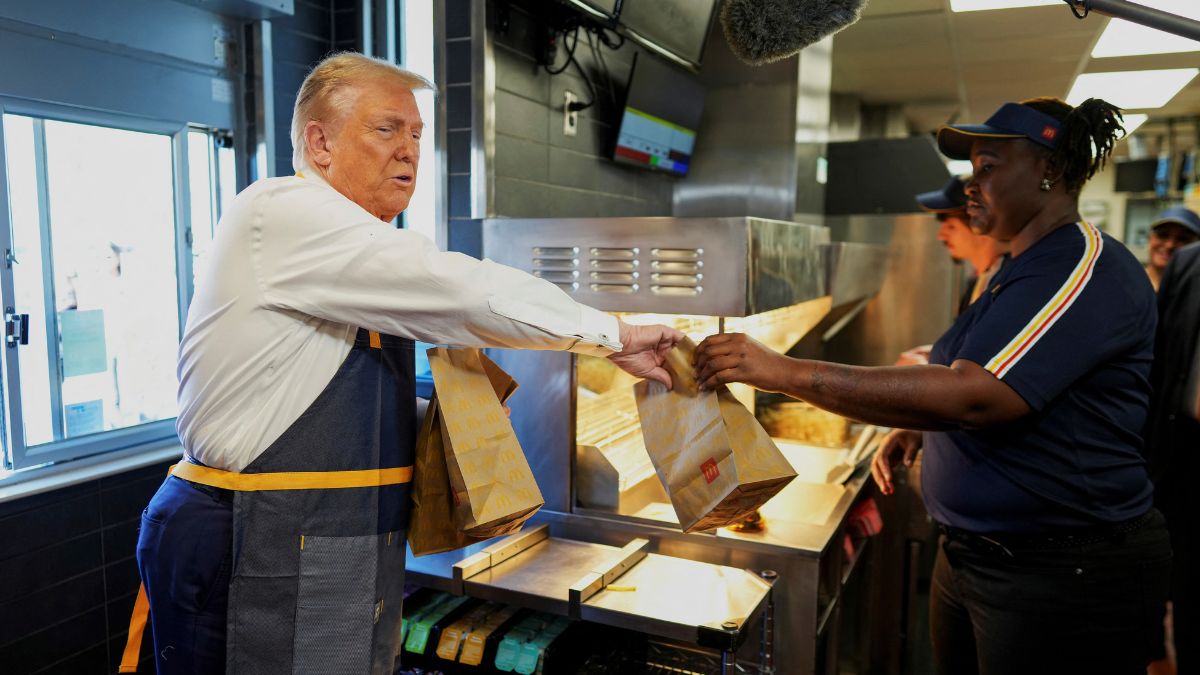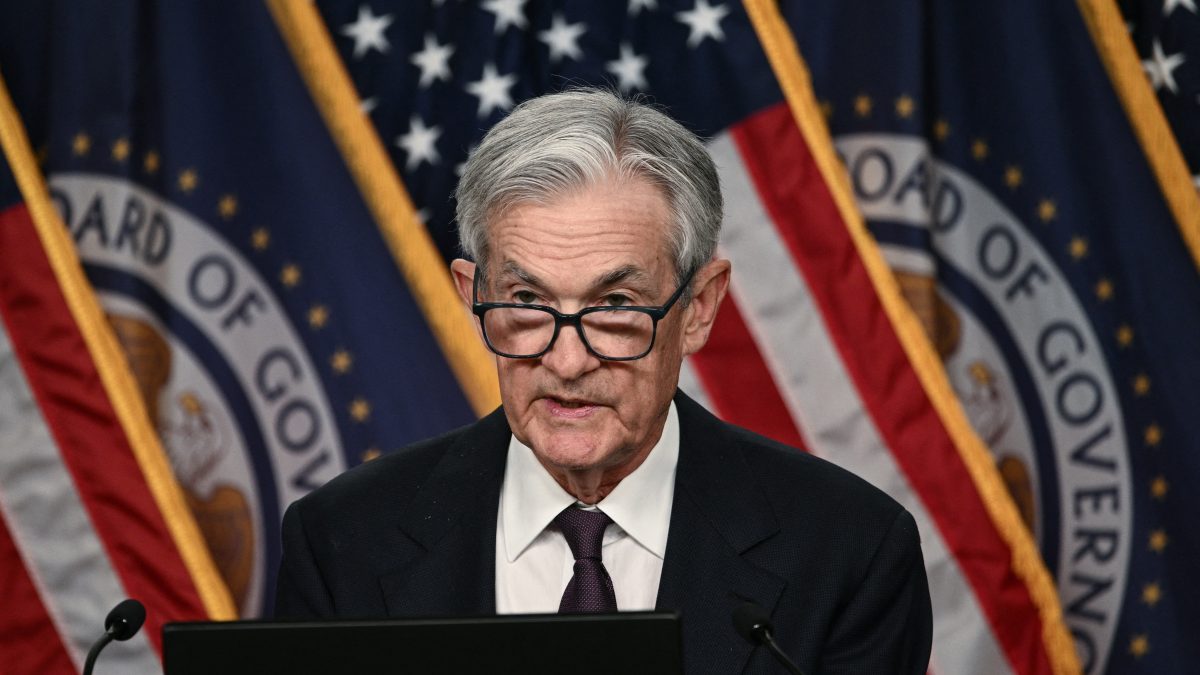McDonald’s, a staple of American culture, has unexpectedly found itself at the heart of the 2024 US presidential election. Both Democratic and Republican candidates have used the fast-food chain as a symbol in their campaigns.
Is Donald Trump ‘frying up controversy’?
Former US President Donald Trump reignited the fast-food narrative by stopping at a McDonald’s in Feasterville-Trevose, Pennsylvania, during a campaign swing on Sunday. Donning an apron, Trump manned the fry station, joking with customers that he had made the food himself.
His love for McDonald’s has been well-documented, but this visit took on a different tone as it aimed to dispute Harris’ claim of having worked at McDonalds as a student.
“I’ve always wanted to work at McDonald’s, but I never did,” Trump quipped to the restaurant’s owner, Derek Giacomantonio. “I’m running against someone who said she worked here, but it turned out to be a totally phony story.”
He stated that Harris’ McDonald's work history was fabricated, even though no evidence has been presented to support his claim.
Trump’s affection for fast food is well-known. He once served a college football team a feast of Mcdonald’s burgers at the White House, and his regular Mcdonald’s order, according to his son-in-law Jared Kushner, includes “a Big Mac, Filet-O-Fish, fries, and a vanilla shake.”
This Pennsylvania visit, however, had more to do with undermining Harris than indulging his fast-food cravings.
Did Kamala Harris work at McDonald’s?
Harris’ summer job at McDonald’s has been a key part of her middle-class origin story. According to Harris’ campaign, she worked at a McDonald’s in Alameda, California, during the summer of 1983, while studying at Howard University.
Her duties included manning the fryer and working the cash register. She often shares this experience as a relatable aspect of her background, highlighting her understanding of working-class struggles.
“I did fries. And then I did the cashier,” Harris said during an interview on The Drew Barrymore Show earlier this year. She has frequently mentioned this experience, especially during her 2019 campaign when she stood with striking McDonald’s workers advocating for better wages.
Texas Representative Jasmine Crockett, during the Democratic National Convention, highlighted this contrast in upbringings: “One candidate worked at McDonald’s, while the other was born with a silver spoon in his mouth.”
Harris’ supporters have used this story to depict her as someone who understands everyday American struggles, particularly those of fast-food workers trying to make ends meet.
Is there a pattern with Trump challenging rivals’ biographies?
Trump’s attack on Harris’ McDonald’s job follows a pattern of challenging the personal histories of his political opponents, often without providing evidence.
From leading the baseless “birther” movement that questioned Barack Obama’s US citizenship to spreading conspiracy theories about Ted Cruz’s father and US President John F Kennedy’s assassination, Trump has regularly employed tactics to cast doubt on the credibility of his rivals.
In the current election, Trump has falsely implied that Republican opponent Nikki Haley was not a natural-born citizen, despite her South Carolina birth to Indian immigrant parents. His narrative about Harris’ Mcdonald’s job follows this same strategy of sowing doubt.
“We would say, well, that’s not a big lie. It’s a huge lie,” Trump told reporters, “because McDonald’s was part of her whole thing.” Yet, Harris has pushed back, saying in a recent interview, “I worked there as a student,” while also contrasting her values with Trump’s. “Part of the difference between me and my opponent includes our perspective on the needs of the American people.”
Why else did Trump visit McDonald’s?
While Trump’s Mcdonald’s visit drew attention, it was also part of his broader attempt to appeal to working-class voters. “These people work hard. They’re great,” Trump said, commenting on the employees he met at the Feasterville McDonalds.
He added, “It requires great expertise, actually, to do it right and to do it fast,” noting that he was impressed by the work involved.
The spectacle of Trump working at McDonald’s, however, wasn’t without its critics. Joseph Costello, a spokesperson for Harris, said that Trump’s visit “showed exactly what we would see in a second Trump term: exploiting working people for his own personal gain.”
Also Watch:
Costello further criticised Trump’s understanding of working-class issues, suggesting that Trump’s photo-op did little to address the real struggles of fast-food workers.
Moreover, Trump avoided addressing questions about whether he would support an increase in the minimum wage, an issue central to many fast-food employees. While he complimented McDonalds workers, he dodged the policy questions about improving their wages.
Trump’s visit to the McDonald’s was a well-publicised event. Police closed streets, and a crowd gathered, with people waving flags and holding signs.
_Follow Firstpost's coverage of the 2024 US presidential election_The McDonalds owner, Giacomantonio, expressed mixed feelings about hosting the former president, fearing a boycott but eventually agreeing. As Trump supporters lined up outside, John Waters, a local resident, summed up the atmosphere: “When I drove up, all the cars, unbelievable, I was like, ‘He’s here’s, he’s coming.’”
McDonald’s, being a cultural icon in the US, has become an unexpected but potent symbol in the 2024 presidential election.
With inputs from agencies


)

)
)
)
)
)
)
)
)



